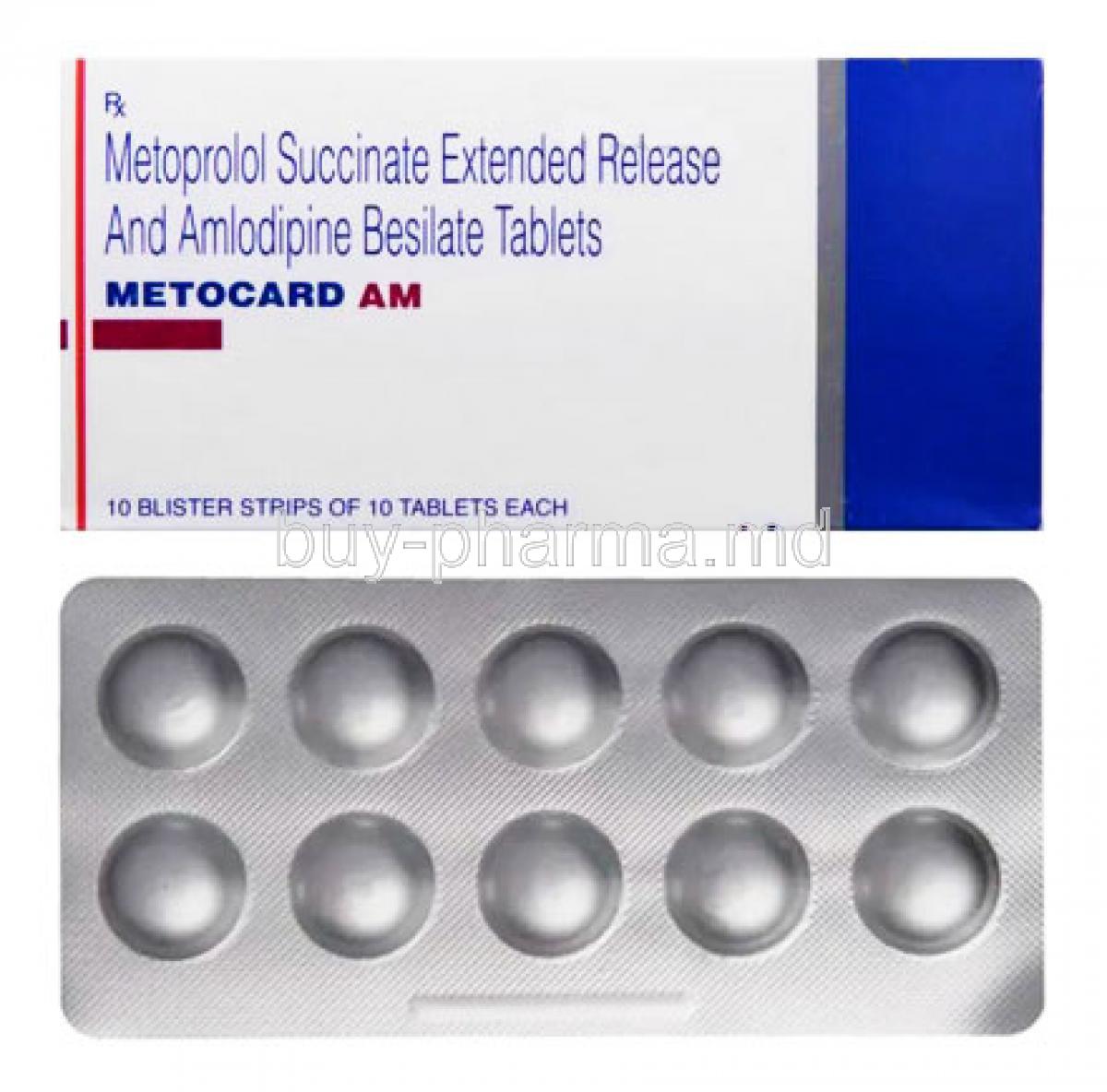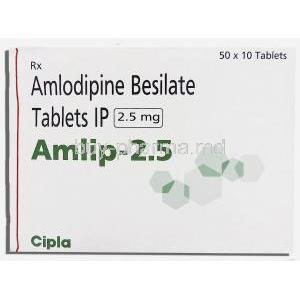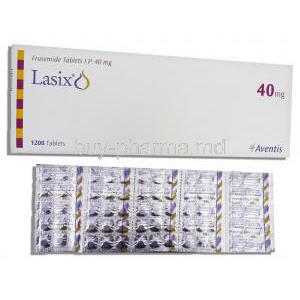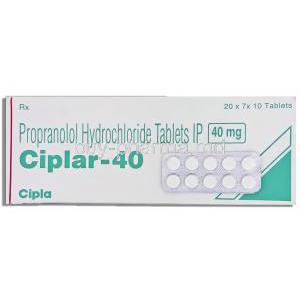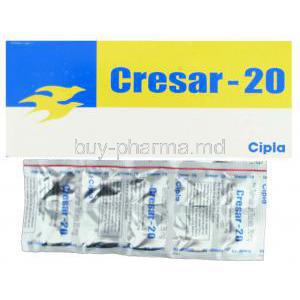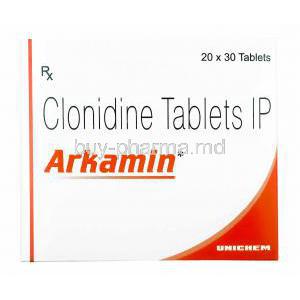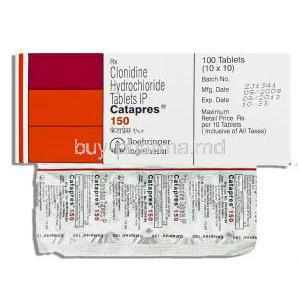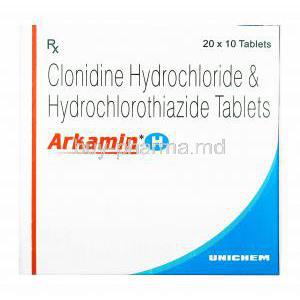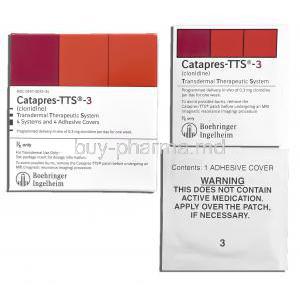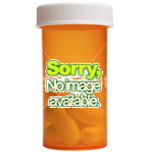1. Introduction to Metoprolol Succinate and Amlodipine
Metoprolol Succinate and Amlodipine form a potent antihypertensive alliance, merging the benefits of a beta-blocker with those of a calcium channel blocker. This pharmacologic synergy addresses both heart rate and vascular resistance—two pivotal components in cardiovascular regulation.
Classification:
- Metoprolol Succinate: Beta-1 adrenergic receptor antagonist
- Amlodipine: Dihydropyridine-type calcium channel blocker
Brand names include Metpure-AM, Metopine-A, and Toprol-XL with Norvasc (in co-administered regimens). These medications are widely available in generic formulations, facilitating broader access across global markets.
The therapeutic rationale hinges on dual modulation of cardiovascular tone: metoprolol attenuates sympathetic cardiac drive, while amlodipine promotes vasodilation. This approach not only stabilizes blood pressure but also curbs long-term cardiac remodeling.
2. Comprehensive Uses of Metoprolol Succinate / Amlodipine
2.1 FDA-Approved Uses
- Essential hypertension: First-line treatment in patients with elevated systemic vascular resistance or resting tachycardia.
- Chronic stable angina: Reduces myocardial oxygen demand and dilates coronary vasculature.
- Heart rate control: Particularly useful in hypertensive patients with concurrent sinus tachycardia or mild arrhythmias.
2.2 Off-Label and Investigational Uses
This combination is occasionally leveraged in clinical scenarios outside regulatory labeling:
- Migraine prophylaxis: Reduction in central vascular excitability.
- Left ventricular dysfunction: Supportive in select heart failure cases with preserved ejection fraction.
- Supraventricular arrhythmias: Especially for rate control in AV nodal reentry tachycardias.
- Anxiety-induced tachycardia: Attenuates sympathetic overdrive.
- Raynaud’s phenomenon: Vasodilatory effect of amlodipine aids in digital perfusion.
3. Mechanism of Action: How Metoprolol Succinate and Amlodipine Work
3.1 Metoprolol Succinate Mechanism
Metoprolol selectively antagonizes beta-1 adrenergic receptors in the myocardium, leading to:
- Reduced chronotropy (heart rate)
- Decreased inotropy (contractility)
- Lowered myocardial oxygen consumption
3.2 Amlodipine Mechanism
Amlodipine inhibits L-type calcium channels within vascular smooth muscle, resulting in:
- Arteriolar vasodilation
- Decreased afterload
- Improved peripheral perfusion
3.3 Synergistic Effects of Combination Therapy
Combining these agents offers multi-level cardiovascular control:
- More robust blood pressure reduction
- Prevention of reflex tachycardia
- Improved symptom management in angina and palpitations
4. Dosage and Administration Guidelines
4.1 Standard Dosage Forms and Strengths
Available in fixed-dose combinations such as:
- Metoprolol Succinate 25–100 mg + Amlodipine 5–10 mg
Initiate therapy at lower doses and titrate biweekly based on clinical response and tolerability.
4.2 Administration Instructions
Administration is oral. Recommendations include:
- Once-daily dosing, preferably at the same time each day
- Can be taken with or without meals
If a dose is missed, administer it as soon as remembered unless the next dose is imminent.
4.3 Dosage Adjustment in Special Populations
- Renal impairment: Generally does not require adjustment but monitor amlodipine-related edema
- Hepatic dysfunction: Consider dose reduction of amlodipine
- Elderly: Increased sensitivity; initiate at lowest effective dose
- Pediatrics: Not well studied; use only under specialist supervision
5. Composition and Pharmaceutical Details
- Active Ingredients: Metoprolol Succinate (extended release), Amlodipine Besylate
- Excipients: Microcrystalline cellulose, magnesium stearate, lactose monohydrate
- Formulation: Modified-release matrix for metoprolol ensures sustained plasma levels
6. Side Effects and Adverse Reactions
6.1 Common Side Effects
- Dizziness
- Fatigue
- Peripheral edema (primarily from amlodipine)
- Bradycardia
- Flushing and headache
6.2 Less Common and Serious Side Effects
- AV nodal block
- Orthostatic hypotension
- Worsening heart failure symptoms
- Liver enzyme elevation
- Libido reduction and depressive symptoms
6.3 Allergic and Hypersensitivity Reactions
- Urticaria
- Dermatitis
- Anaphylactic reactions (rare but serious)
7. Drug Interactions and Concomitant Therapy Considerations
7.1 Interactions with Cardiovascular Medications
- Increased hypotensive effect when combined with ACE inhibitors or diuretics
- Risk of bradycardia with other beta-blockers or digoxin
7.2 CNS and Antidepressant Drug Interactions
SSRIs such as paroxetine may inhibit metoprolol metabolism. Monitor for enhanced beta-blocker effects.
7.3 CYP450 Enzyme System Interactions
- Amlodipine is a substrate of CYP3A4
- Inhibitors (e.g., ketoconazole, grapefruit juice) may increase plasma levels
- Inducers (e.g., rifampin, phenytoin) may reduce effectiveness
7.4 Food and Alcohol Interactions
- High-fat meals do not affect absorption significantly
- Alcohol potentiates hypotensive effects; consume with caution
8. Warnings and Safety Information
8.1 Black Box Warnings (if applicable)
Discontinuation of metoprolol should not be abrupt. Gradual tapering is essential to prevent acute cardiac events, including myocardial infarction or severe angina exacerbation.
8.2 Cardiovascular Risk Considerations
- Monitor for signs of AV block
- Risk of rebound hypertension if not adhered properly
8.3 Renal and Hepatic Monitoring Parameters
- Periodic liver function tests recommended
- Evaluate renal function in patients on long-term therapy or with pre-existing CKD
9. Contraindications and Conditions Requiring Avoidance
The combination of Metoprolol Succinate and Amlodipine is contraindicated in specific clinical scenarios where the risk of harm outweighs potential therapeutic benefits.
- Severe hypotension or shock: The vasodilatory effect of amlodipine compounded with the cardio-inhibitory action of metoprolol may precipitate profound circulatory collapse.
- Marked bradycardia or advanced AV block: In patients with second- or third-degree atrioventricular block without a pacemaker, metoprolol can exacerbate conduction delays, leading to syncope or asystole.
- Decompensated heart failure: Beta-blockade in the context of fluid overload or severely reduced ejection fraction may lead to worsening hemodynamic instability.
- Hypersensitivity: Known allergic reactions to either drug, including urticaria or angioedema, are absolute contraindications.
10. Careful Administration and Monitoring Guidelines
10.1 Titration in Patients with Pre-existing Cardiac Conditions
In patients with a history of angina or ischemic heart disease, abrupt fluctuations in cardiac workload can be dangerous. Initiate therapy cautiously and titrate slowly to achieve optimal control while minimizing cardiac stress.
- Begin at the lowest therapeutic dose
- Evaluate symptom control biweekly
- Monitor for signs of anginal exacerbation or ECG changes
10.2 Use in Diabetic Patients
Beta-blockers may obscure early adrenergic signs of hypoglycemia—such as tremor or tachycardia—posing a danger to insulin-dependent patients.
- Encourage frequent blood glucose monitoring
- Educate patients on alternative hypoglycemia cues (e.g., sweating, confusion)
10.3 Respiratory Disease Considerations
Patients with chronic bronchospastic conditions like asthma or COPD may experience bronchoconstriction due to beta-1 selectivity being dose-dependent.
- Use the lowest effective dose of metoprolol
- Have rescue bronchodilators readily available
- Consider cardioselective alternatives if severe
11. Important Precautions for Safe Use
Proactive safety strategies are integral to minimizing adverse effects and ensuring sustained therapeutic efficacy.
- Gradual dose reduction: Especially important when discontinuing beta-blockers to avoid rebound hypertension or ischemia.
- Blood pressure and pulse monitoring: Regular home and clinical assessments can preempt complications like bradycardia or hypotension.
- Patient education: Alert patients to symptoms such as fainting, swelling, or dyspnea that may require urgent evaluation.
12. Special Population Use Considerations
12.1 Administration to Elderly Patients
Older adults exhibit heightened pharmacodynamic sensitivity and reduced physiological reserves, particularly in cardiovascular autoregulation.
- Start low and go slow—initiate at the minimal effective dose
- Monitor for orthostatic hypotension, confusion, or falls
12.2 Use in Pregnant Women and Nursing Mothers
While clinical data is limited, the use of this combination in pregnancy should be approached with caution. Risk-benefit evaluations are critical.
- Pregnancy: May impair uteroplacental perfusion; only use if clearly necessary
- Lactation: Both drugs are excreted in breast milk—monitor nursing infants for lethargy, bradycardia, or feeding difficulties
12.3 Pediatric Use and Limitations
Due to insufficient evidence, this combination is not routinely recommended for pediatric patients under 18 years.
- Use only under specialist supervision
- Off-label applications should involve strict monitoring
13. Overdose and Emergency Management
An overdose of Metoprolol Succinate and Amlodipine can result in catastrophic cardiovascular depression requiring immediate medical intervention.
- Symptoms: Severe hypotension, profound bradycardia, cardiogenic shock, and potential respiratory failure
- Interventions:
- IV isotonic fluids
- Atropine for bradycardia
- Vasopressors (e.g., dopamine, norepinephrine) for refractory hypotension
- Calcium gluconate for calcium channel blockade reversal
- Monitoring: Continuous ECG, blood pressure, and oxygenation surveillance in an intensive care setting
14. Storage and Stability Information
- Store at room temperature: 20°C to 25°C (68°F to 77°F)
- Protect from excessive heat, moisture, and direct sunlight
- Keep in original packaging until use to maintain tablet integrity
- Observe expiration date and avoid using expired products
15. Handling and Disposal Precautions
Safe handling and proper disposal of pharmaceuticals prevent unintended exposure and environmental contamination.
- Do not crush or split modified-release tablets
- Caregivers should wash hands thoroughly after handling tablets
- Expired or unused medication should be returned to a pharmacy take-back program
- Avoid flushing tablets down the toilet or disposing in household trash unless instructed

